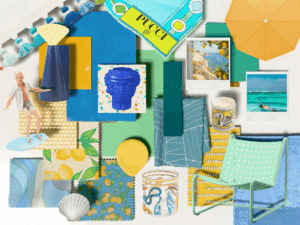As a society, we haven’t widely adopted the merits of a wildlife-friendly garden. As a result, a significant amount of UK wildlife is in decline. Once-common British endangered species are now on the brink of extinction due to new construction encroaching on greenbelt areas, destruction of natural habitats, intensive farming policies and climate change. To put this into context, a study at the Natural History Museum in London found that the UK has lost nearly half of its biodiversity since the industrial revolution and almost a quarter of native British mammals are currently at risk of extinction.
As part of the decline in biodiversity, almost 41% of insect populations in the UK are also facing extinction due to the destruction of habitats and widespread use of chemicals in both domestic and commercial landscapes. All plants and animals, including humans, rely on the ecological balance and biodiversity of our environment to survive. If current trends continue to disrupt this equilibrium, this will have a devastating impact on our way of life.
UK red endangered list
In the UK there are many animals that are on the red endangered list such as Bats, Starlings, Hazel Dormouse, Greater Crested Newt, Water Voles, Hedgehogs, and Red Squirrels, to name only a few. As a community, landscape architects and garden designers must start designing more wildlife-friendly gardens. Whilst some garden designers have become increasingly aware of environmental issues and the impact that product selection has on sustainability, little thought is still given to the ecosystem.
Current garden and landscape design practices aim to ‘control the environment’ to create the perfect outdoor space with an emphasis on the aesthetic aspects of the design. This results in a static, ecologically dysfunctional outdoor spaces that disrupt nature in favour of functionality. Many garden designers will always be required to follow the current zeitgeist regarding the clients’ preferences, but this does not have to be at the expense of nature. By studying the natural environment and taking that into consideration as part of the design development, wildlife-friendly garden principles can harmoniously coexist with aesthetic garden design.
8 ways you can design a wildlife-friendly garden
Here are eight wildlife-friendly garden principles you can adopt in any domestic garden. If these principles were applied as part of the design process on all gardens across the UK, the current loss of biodiversity and extinction threats to animals and insects could be reversed.
1. Select native plants
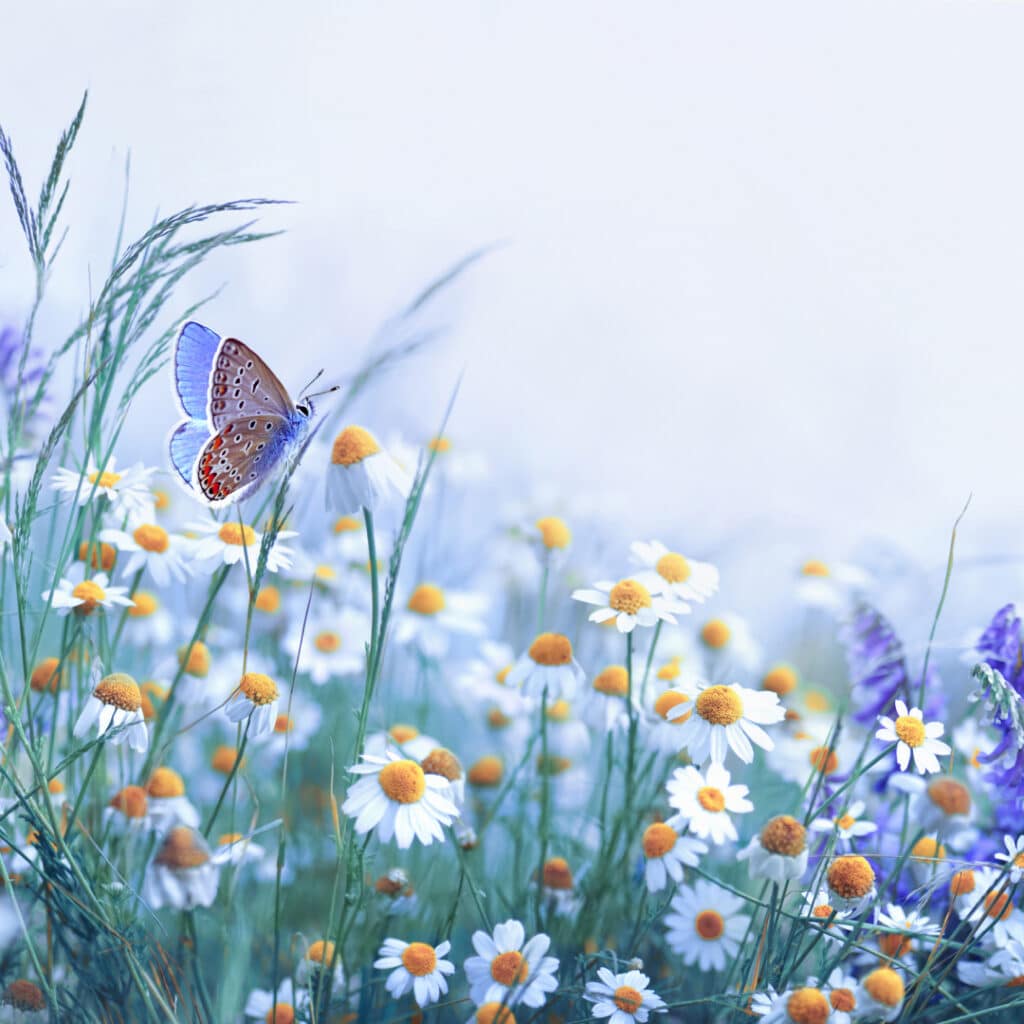
Planting native flowers is a vital part of any wildlife-friendly garden. They provide pollen and nectar for bees, butterflies, and other insects so they perform the essential task of fertilisation.
2. Grow a mixture of shrubs
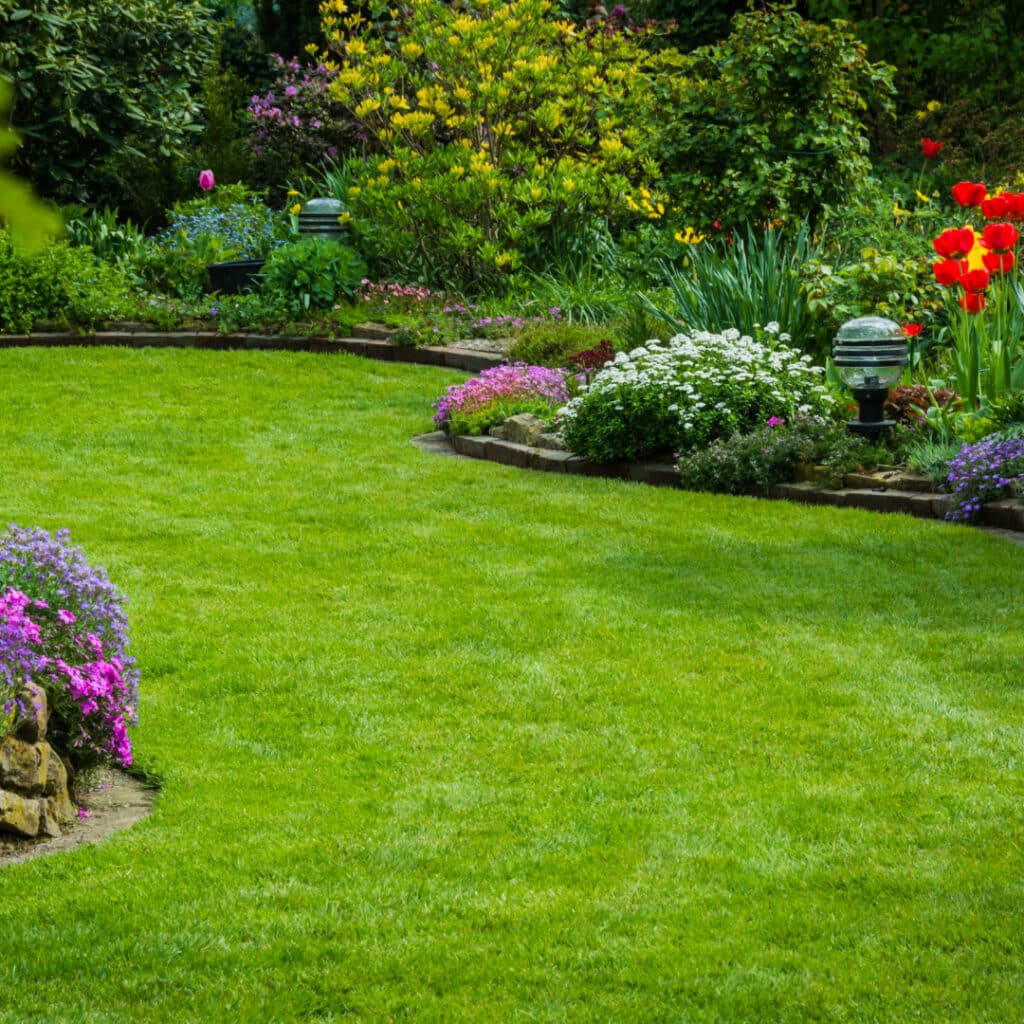
Grow a range of shrubs, trees, climbers, or a mixed hedge to provide food and shelter for wildlife.
3. Create a pond
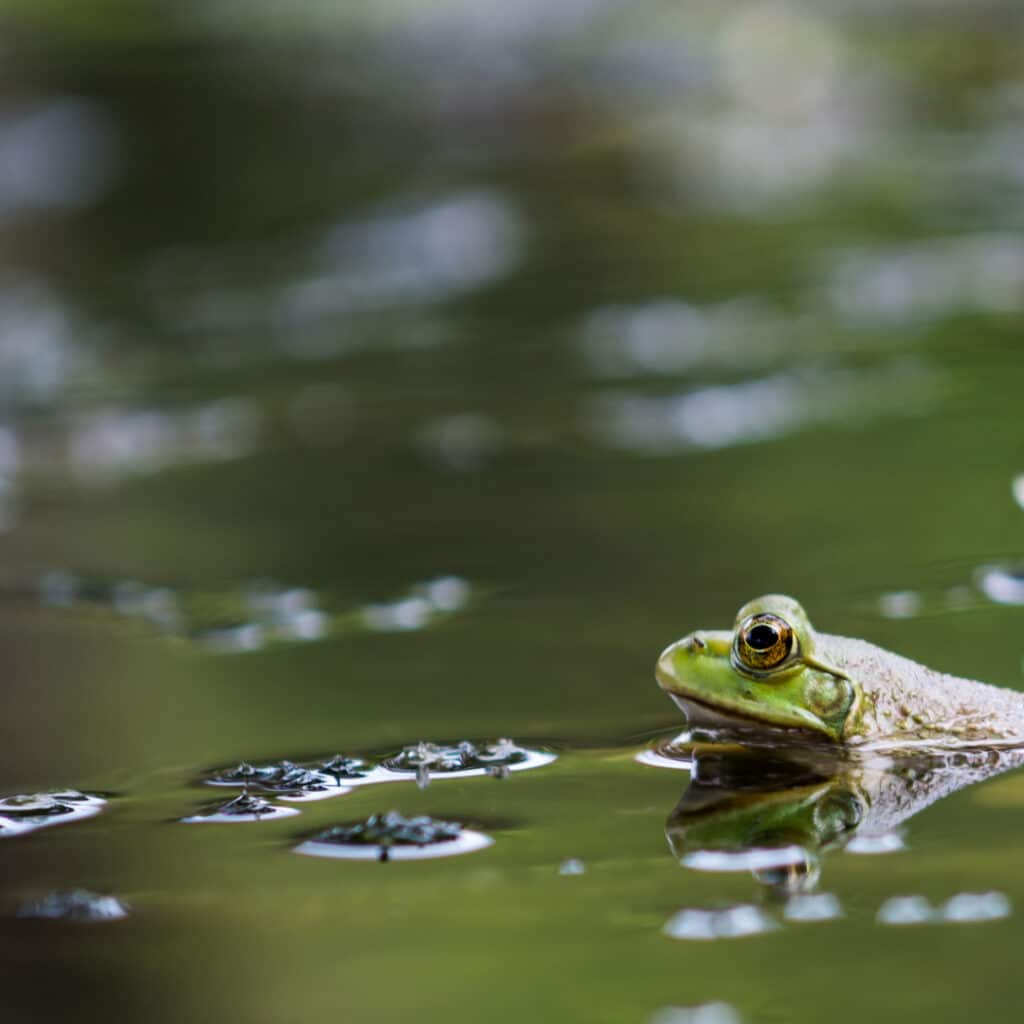
A simple way to add wildlife value to a garden is to install a pond, even if it’s small.
Tip: A large pot or even an inverted dustbin lid in an out-of-the-way spot will do!
4. Build natural habitats
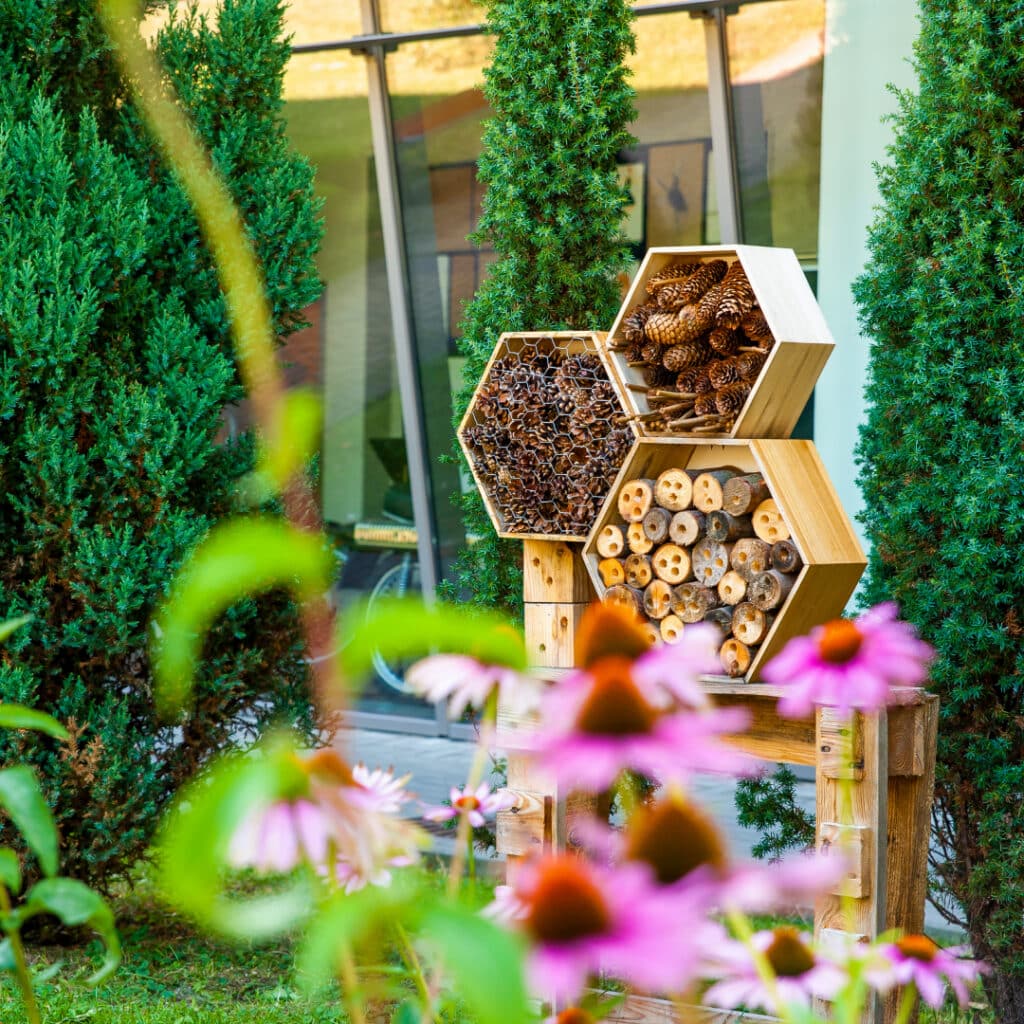
When designing a wildlife-friendly garden, try building shelters from unstained decaying wood to provide cover and hibernation sites.
5. Provide food and water
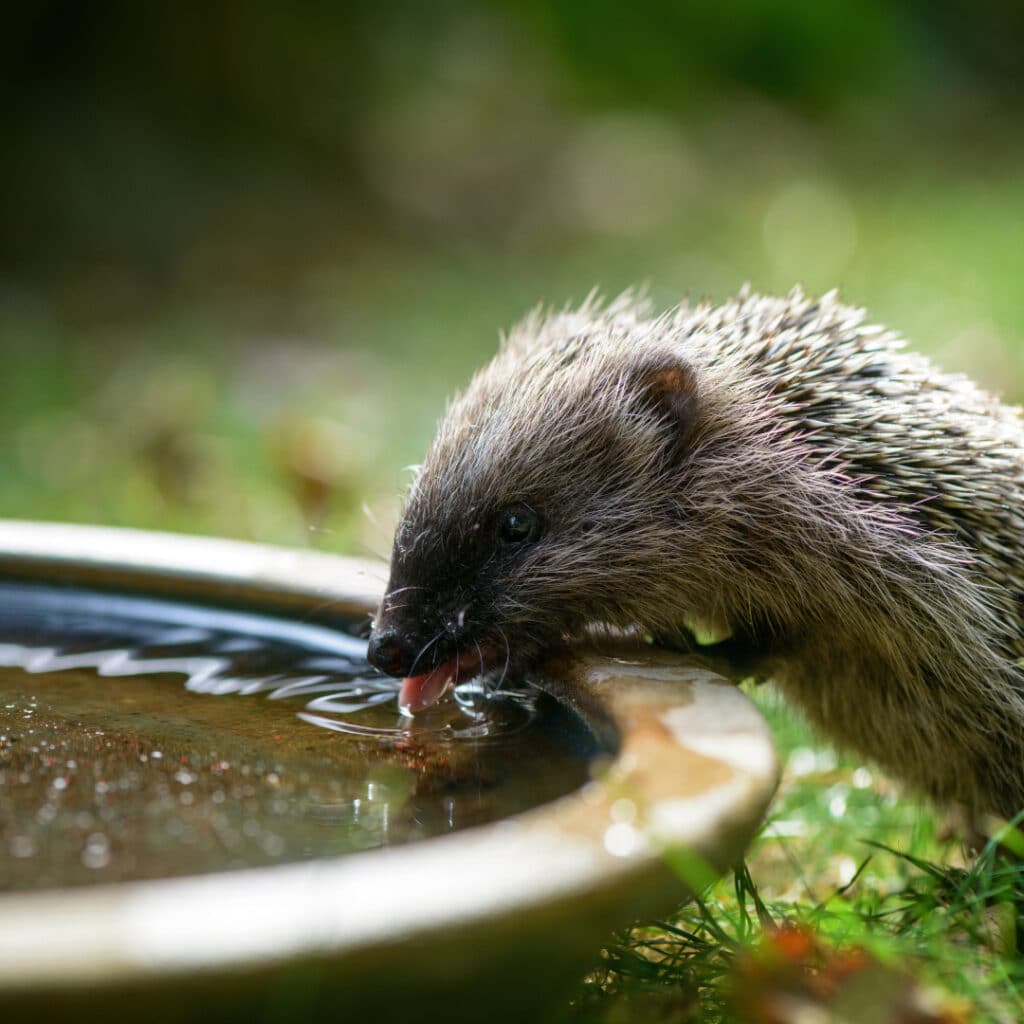
Providing food and water can mean the difference between life and death for lots of wildlife.
Tip: Ideally, offer a mix of food including peanuts, sunflower hearts, seeds, kitchen scraps or fat balls.
6. Install wildlife corridors
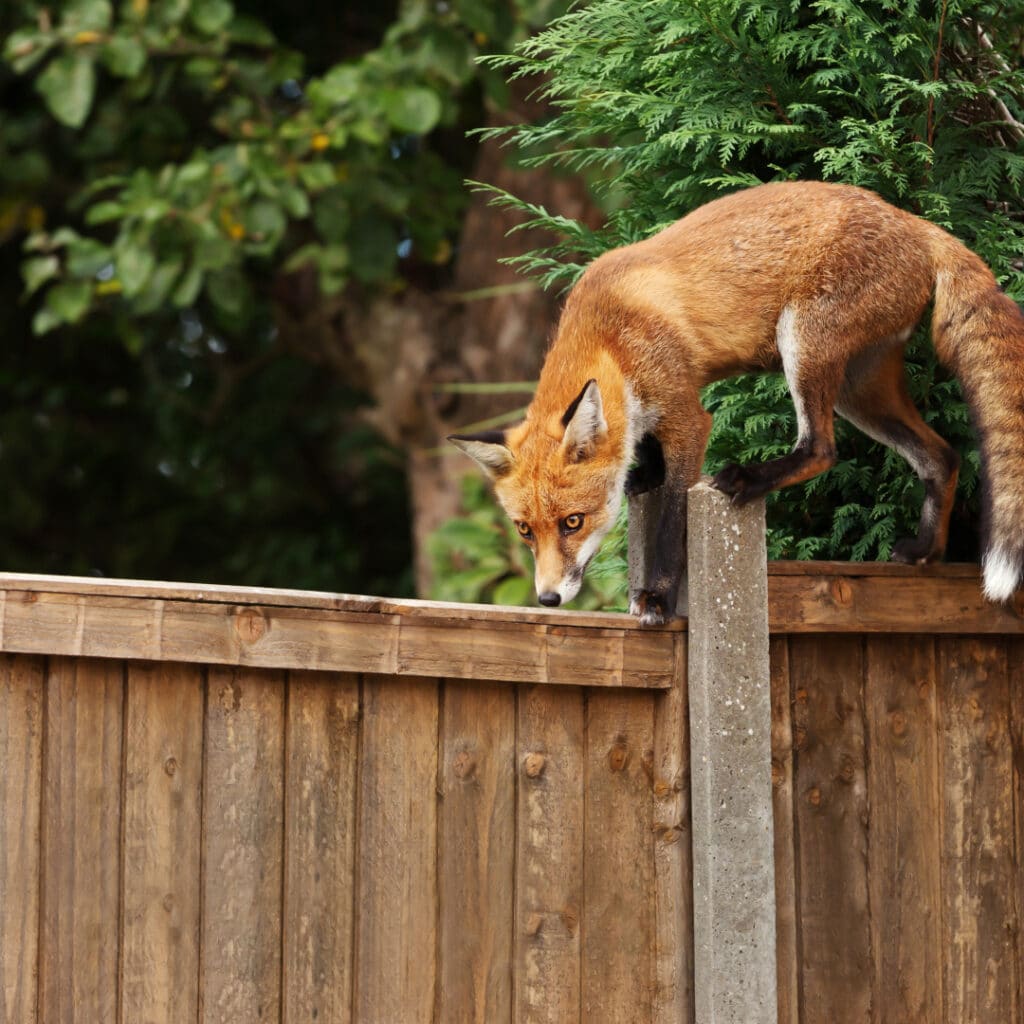
When installing garden boundaries, remember to leave gaps in your fencing so wildlife can move freely.
Tip: You can easily cut holes at the bottom of your existing fencing.
7. Create intentional wilding spaces

The easiest part of any wildlife-friendly garden is to leave a section of your garden to grow naturally. Long grass will encourage insects and animals to use the space for foraging, feeding and protection.
8. Install insect and animal houses
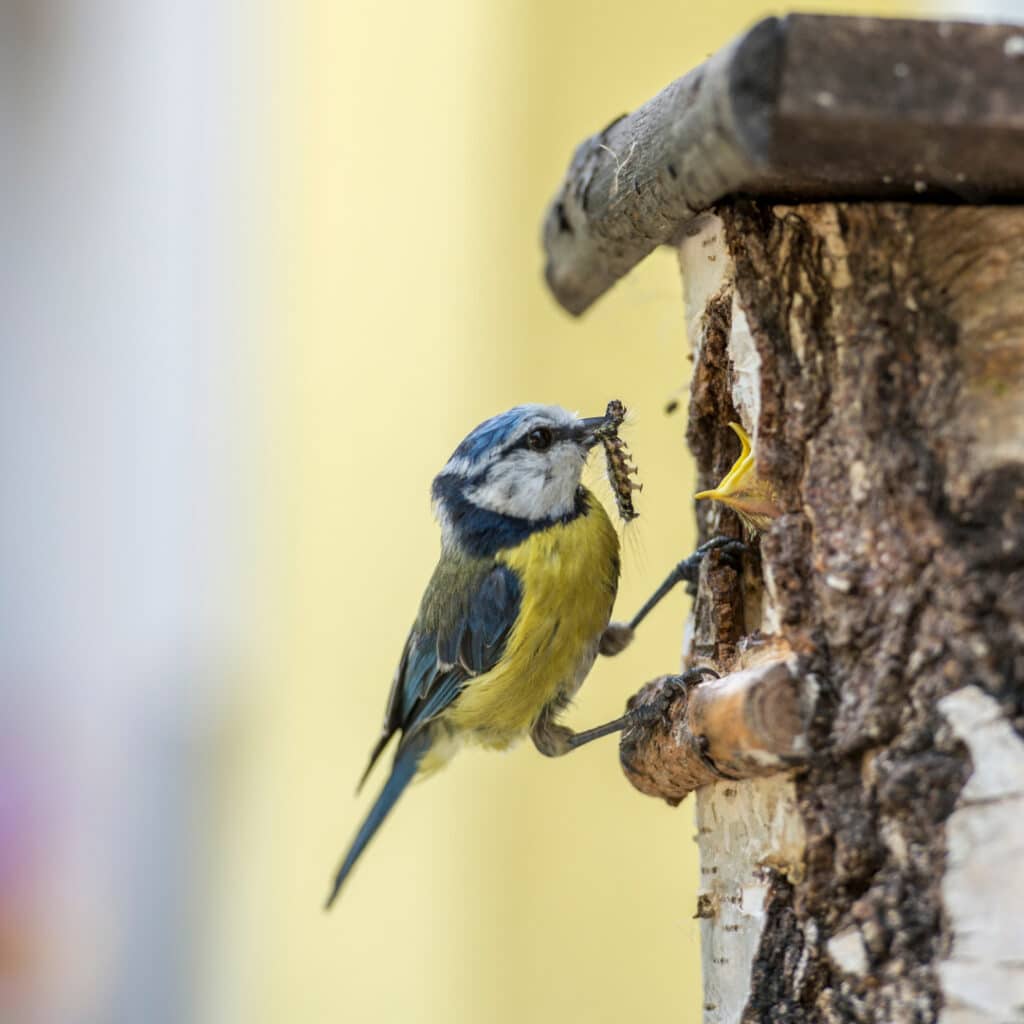
Bird boxes, bat boxes and bug hotels are a great way to offer creatures shelter and protection. They will also encourage animals to return to your garden houses.
Tip: Ensure they are positioned high up and in quieter areas of your garden.
The balance of nature should always be respected, and we should all strive to make small changes to design more wildlife-friendly gardens rather than focusing purely on what it looks like. Afterall, the look and feel of a garden can be enhanced by embracing nature and the animals and insects that live there already.
